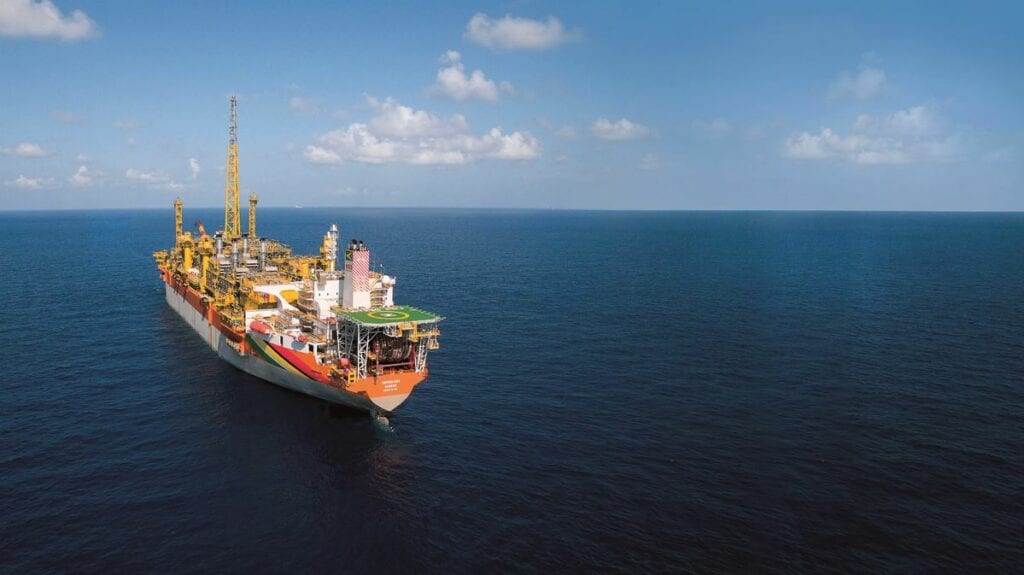Even as it keeps a close eye on market forces and how those may shift to affect its capital allocation, Hess Corporation has disclosed that it intends to plug up to US$1B into oil development projects offshore Guyana next year. Making this known recently was John Reilly, Hess’ Chief Financial Officer (CFO) during his participation in a fireside chat that was virtually hosted in June by J.P. Morgan for its 2021 Energy, Power & Renewables Conference.
The Executive Vice President noted that the US$1B represents a sizeable increase in spending for this year which he pegged at US$780M.
Speaking to the company’s outlook for capital allocation over the back half of 2021 and for the early part of 2022, Reilly was quick to note that Hess, 30% stakeholder in Guyana’s Stabroek Block, has certainly been thankful for the strong commodity prices that have helped it to stay afloat this year. But even with favourable prices, Reilly said the company’s strategy for capital allocation remains unchanged while adding that Hess remains focused on servicing its US$1B term loan. It was on March 16, 2020, that the company disclosed that it entered into a US$1 billion three-year term loan agreement with JPMorgan Chase Bank, N.A. The term loan contains provisions that require the company to reduce JPMorgan’s initial funded amount, which the company intends to do by syndicating the loan to other banks.
The Executive Vice President noted that once the Liza Unity FPSO comes on stream, it is hoped that the first tranche of free cash flow would be used to settle the loan, following which, the focus would be on returning a higher dividend to shareholders.
“The Liza Unity is a 220,000-barrel [of oil per day] ship and you [Hess] get approximately 60,000 barrels of oil per day when it is up and running at peak. And when this is on an annual basis, you are getting 21.9 million barrels per day,” the Hess official further added. “You can put in different price points with that but if it is a US$60 Brent markup…you are looking at over US$1B coming into the portfolio under that scenario. And what we would do is be able to finish paying off the term loan in that year. Following this, excess cash flow would go towards increasing dividend.”
With the Payara project coming in for a 2024 start-up and Yellowtail to follow in 2025, Reilly said the partners are eyeing US$1B a year on each. In such a scenario, he said the company is confident in being able to have a strong balance sheet that delivers premium dividend payments to shareholders.
It was also noted during the fireside chat that Payara is running slightly ahead of schedule while the Yellowtail Project has a start-up date of July 1, 2025, provided that the relevant approvals are granted by year-end.



